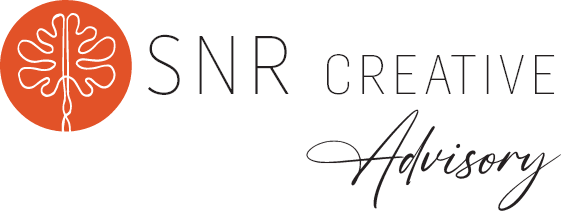Do what the other 99% won’t do
So you want to start a business. Wonderful! Over 99% of U.S. employers are small business owners.[1] The business you create will help your community and provide for you and your family in more ways than one.
It’s not without its challenges though. 82% of businesses fail because of cash flow problems.[2] There’s either not enough sales coming in to cover expenses and profits or your invoicing system is behind. If you’ve done the work but are still waiting on an invoice months later, there’s a blockage in your cash flow that needs to be removed.
82% of startup funds come from the entrepreneur or family and friends[3] which means that in those first crucial months you need to make every dollar count. From the beginning, you need to think of every dollar spent on your business as a temporary loan. Your first priority is figuring out a way to pay yourself back.
Why? Once you’re able to do that, you have a revenue model that you can use to make sure that your business is sustainable and never in danger of going into debt. You can be profitable from day one in your business. You just need to know these three things first.
1. A running list of company expenses
Every company has business expenses that can’t be avoided. One of the first things you must do after deciding a name is purchasing your website domain. Having a www makes you internet official. It’s your 24/7 storefront. 70–80% of people research a small business before visiting or making a purchase from them[4]. That’s just one expense. What about others?
To get you started, here’s a list of expenses that your small business might have.
- Business Licenses and Permits
- Computer or Laptop
- Logo
- Marketing
- Office Space
- Office Supplies
- Subscriptions (Canva, Adobe, etc.)
- Website Development
- Website Domain
- Website Hosting
Can you think of more? If possible, get the exact amount spent for each expense. Otherwise, an estimation will do. Having this running list of company expenses will also help you keep track of your receipts for when tax time rolls around.
2. How many products sold or clients served are needed
Now that you know how much you will be spending approximately each month on expenses, you can use that knowledge to calculate your prices or break-even number. To cover expenses there’s a certain number of products that need to be sold or clients served each month.
Welcome to example time! Let’s say you have a consulting business where you charge $150 an hour, and your business expenses each month are $300. Now you know that you need to have at least two hours booked every month to cover expenses. Just two hours. Any additional money made is considered profit.
Knowing that break-even number is crucial in helping you know if you are on track or not.
3. Your profitability timeframe
The final thing you need to figure out is your profitability timeframe. Just how long is it going to take in order to pay yourself back for your startup costs and start making an actual profit.
Use this two-part formula:
Your Monthly Sales (Total products sold or clients served) — Monthly Business Expenses = Monthly Profit
Your Startup Costs / Monthly Profit = Your profitability timeframe.
Follow along with our simple example so you can calculate your own timeframe.
In start-up costs, Sassy Sheila has spent $10,000. Included in that $10,000 number is all the things necessary to run her business from A to Z. From someone finding out about her business to the actual sale. Her goal is to pay herself back as soon as possible so the business can start paying her salary instead.
Sassy Sheila has calculated monthly business expenses at $900. She charges $150/hour for her consulting services. She is confident that she can manage to book 2 clients a month who each have a monthly retainer of 10 hours. That’s 20 hours per month at her $150 rate which is $3,000.
Using our two-part formula:
$3,000 (Monthly Sales) — $900 (Monthly Business Expenses) = $2,100 (Profits)
$10,000 (Startup Costs) / $2,100 (Profits) = 4.7 Months
With our formula, it is going to take Sassy Sheila almost 5 months to pay herself back for the startup costs and be able to use her monthly profits differently. And that’s only if she pays herself nothing for those first 5 months.
. . .
Do you see how important it is to know the true costs associated with your business? How doing this simple exercise, in the beginning, can help you be realistic with just how long it can take to be profitable?
Don’t quit your day job just yet. With these three things figured out, you can start off with a business plan that sets you up to succeed. I wouldn’t recommend spending a dime on your business until you’ve counted the literal costs and have thought of a way to make the money back. It needs to be a plan that can be repeated over and over again.
If the idea of doing what it takes to reach your money goal feels too daunting right now, please don’t let it stop you from getting started. Running a business is a marathon, not a sprint. Do what you can do and build it step by step.
If you’d like help, we have a business coaching workshop, Roadmap to Business Clarity, designed with you in mind. It focuses on helping you identify your revenue model, how to get customers, and more. It’s the fastest way to get clear on the version of your business you can begin right now and still be profitable. Find out more.
For all of your other marketing needs, check out the services that we offer. Our mission is to bridge the gap from idea to reality in the most creative way possible.








